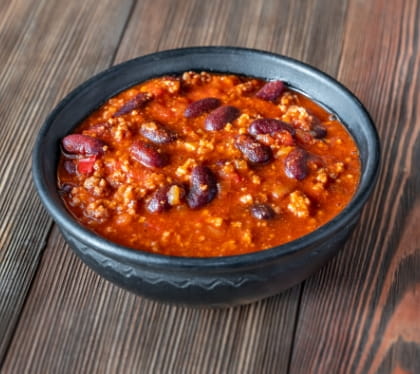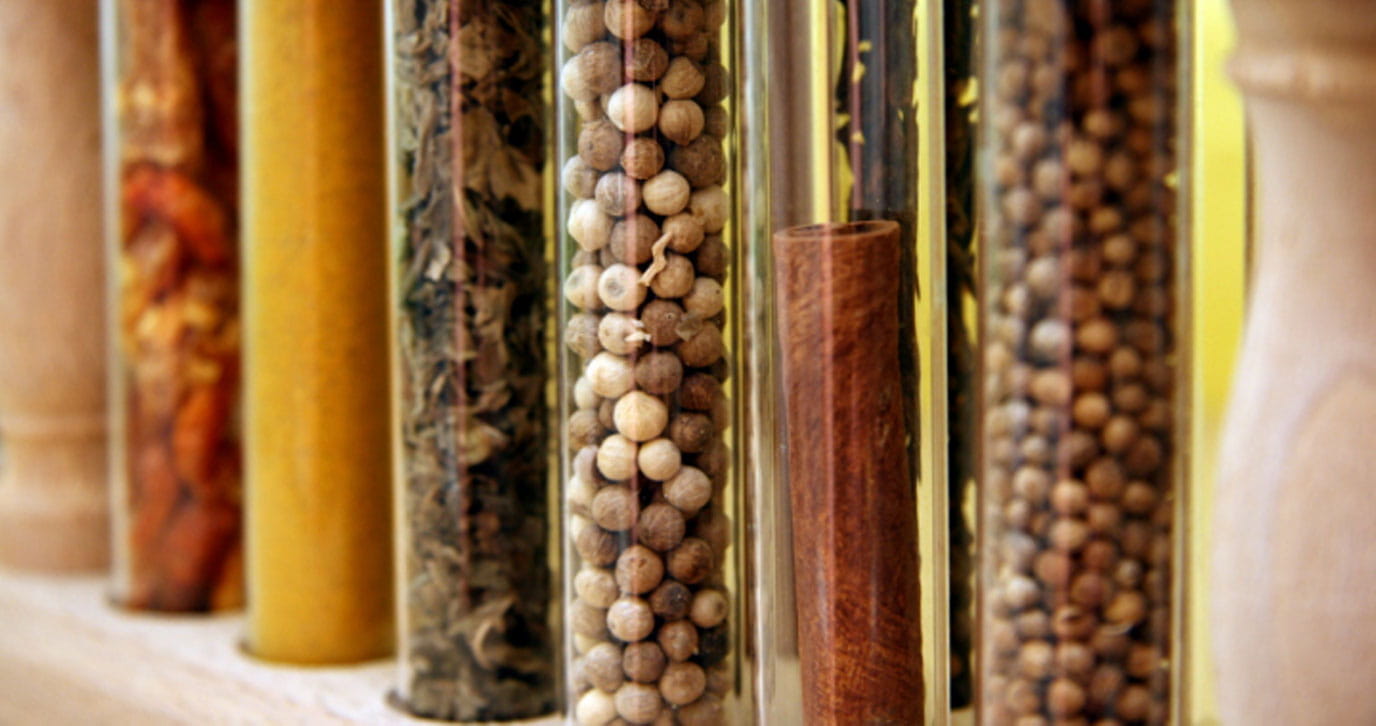July, 2025
Evaluating the Influence of Videos on Medical Professionals’ Perception of Using Herbs and Spices for Healthy Cooking and Potential Application in Patient CareIncreasing the spiciness of a lunch meal influences oral processing behaviors and decreases food and energy intake
Paige M. Cunningham, Isaiah M. Smith, John E. Hayes

Objective
Recent evidence suggests increasing oral burn by adding chilies to food modifies oral processing behaviors like eating rate, but how these modifications affect food intake remains unclear.
Methods
In 3 crossover experiments, adults ate a 650 g lunch of beef chili [experiment 1; n = 52] or chicken tikka masala [experiment 2a; n = 44, and 2b; n = 34] twice in the laboratory while being video-recorded. We tested how adding chiles to a meal influenced (a) food intake and (b) oral processing. A consistent weight of paprika was added, but the ratio of hot-to-sweet paprika was varied, to make spicy (100 % hot paprika) and mild (75–100 % sweet paprika) versions of meals. Meal duration was extracted from videos to calculate eating rate (g/min). Participants rated liking and spiciness on a VAS before and after consumption.
Results
In Experiment 1, participants ate more slowly (p = 0.04), consuming 11 % less (46 ± 17 g) spicy chili relative to mild chili (p = 0.009). While initial ratings of spiciness differed (p < 0.0001), liking did not (p = 0.88). In Experiment 2a, spiciness ratings did not differ between conditions (p = 0.22), and intake did not differ (p = 0.36). Experiment 2b increased the total amount of paprika in the tikka, leading to significant differences in spiciness between conditions (p < 0.001), without affecting liking (p = 0.19). As with Experiment 1, this increase in spiciness resulted in an 18 % reduction in food intake and a 17 % reduction eating rate (both p's < 0.005).
Conclusions
Overall, these experiments identify a non-textural manipulation that can be used to slow eating rate and reduce ad libitum intake without adversely impacting food pleasure.
Reference
Cunningham, PM, Smith, IM, Hayes, JE. Increasing the spiciness of a lunch meal influences oral processing behaviors and decreases food and energy intake. Food Quality and Preference, 131(105566), 2025.






